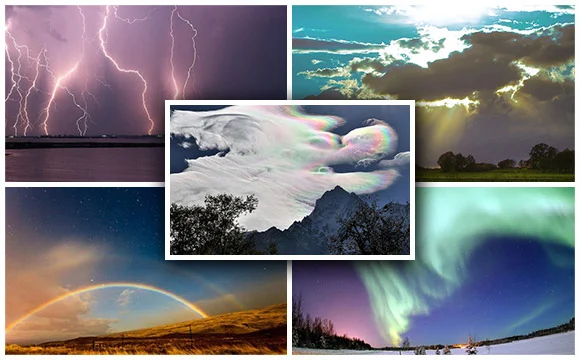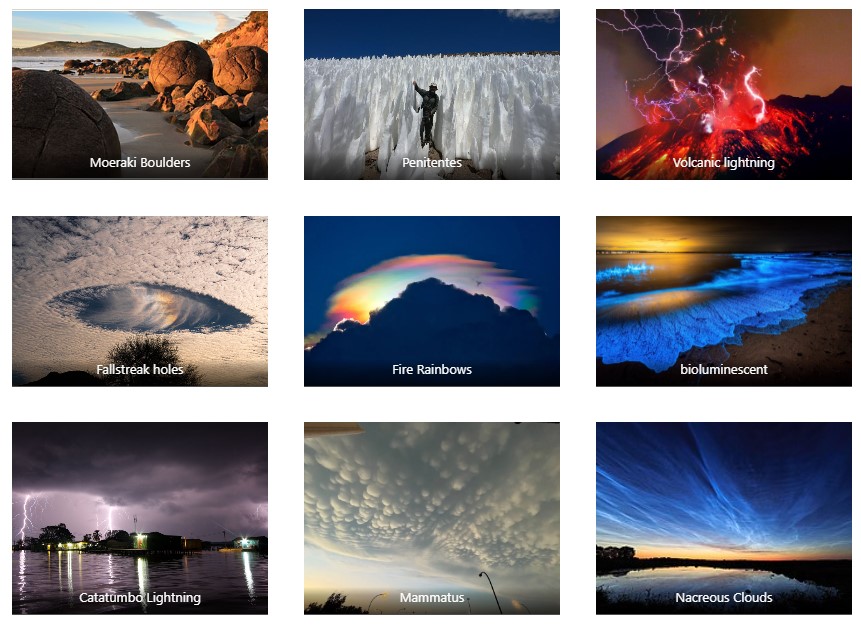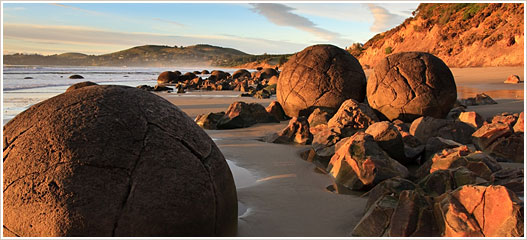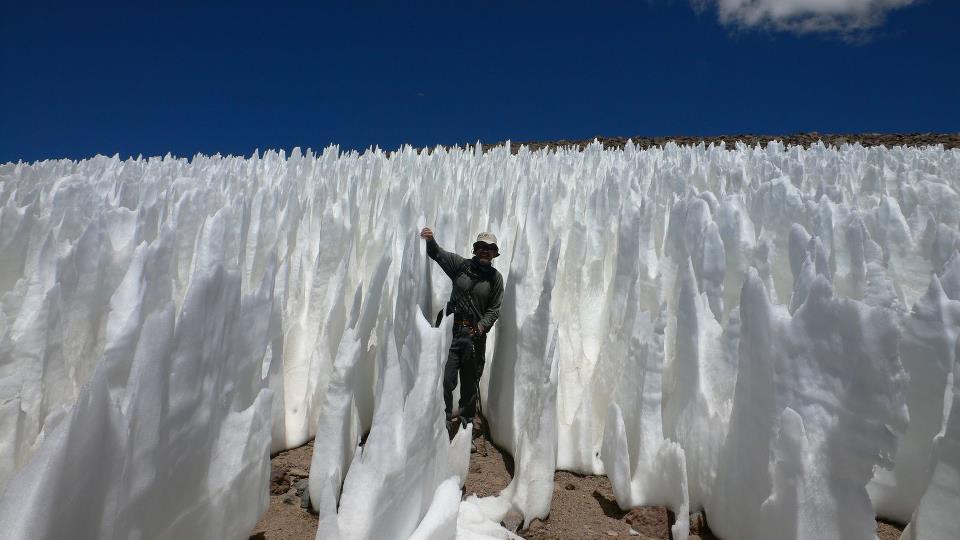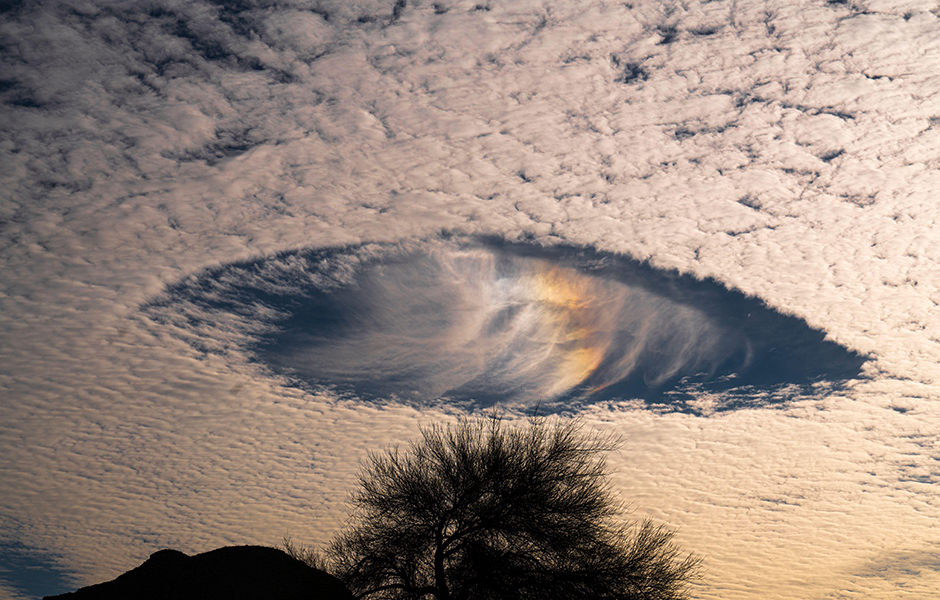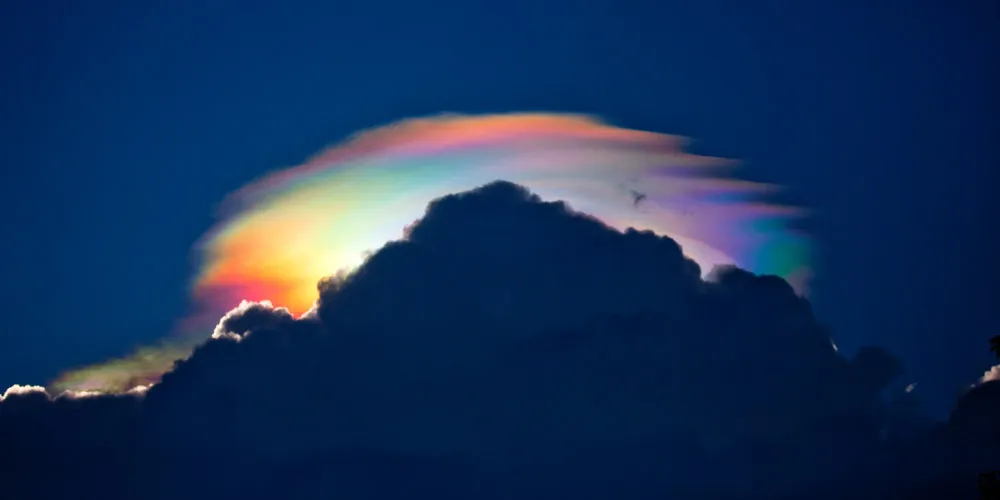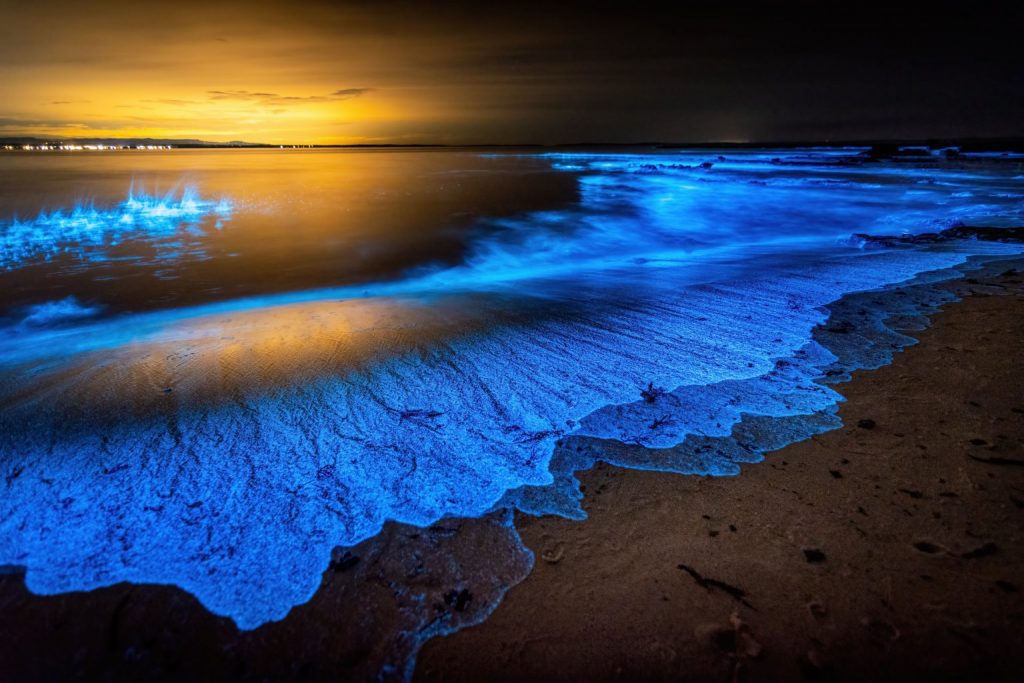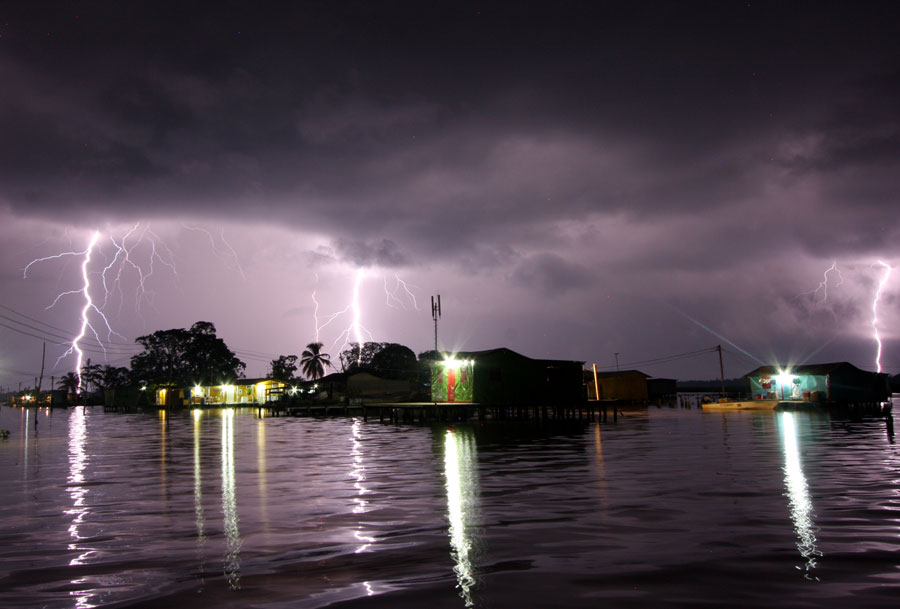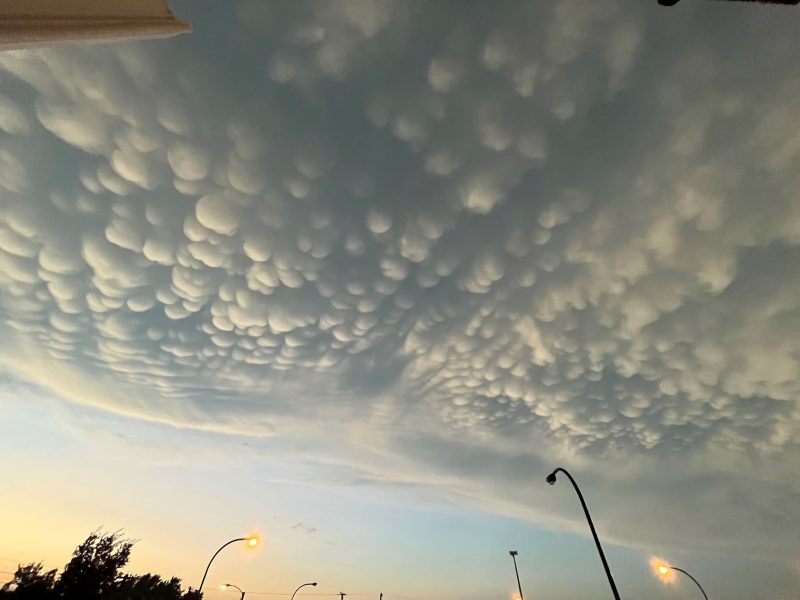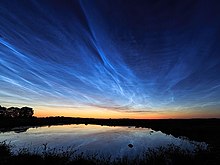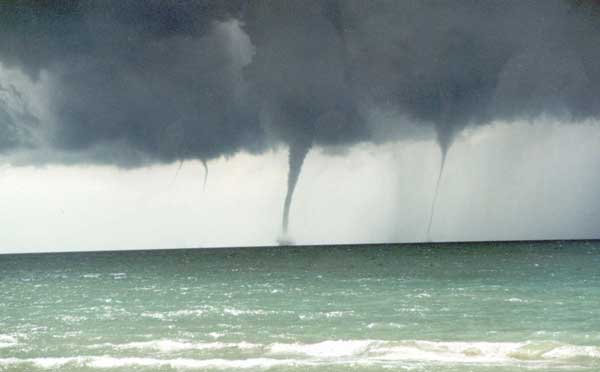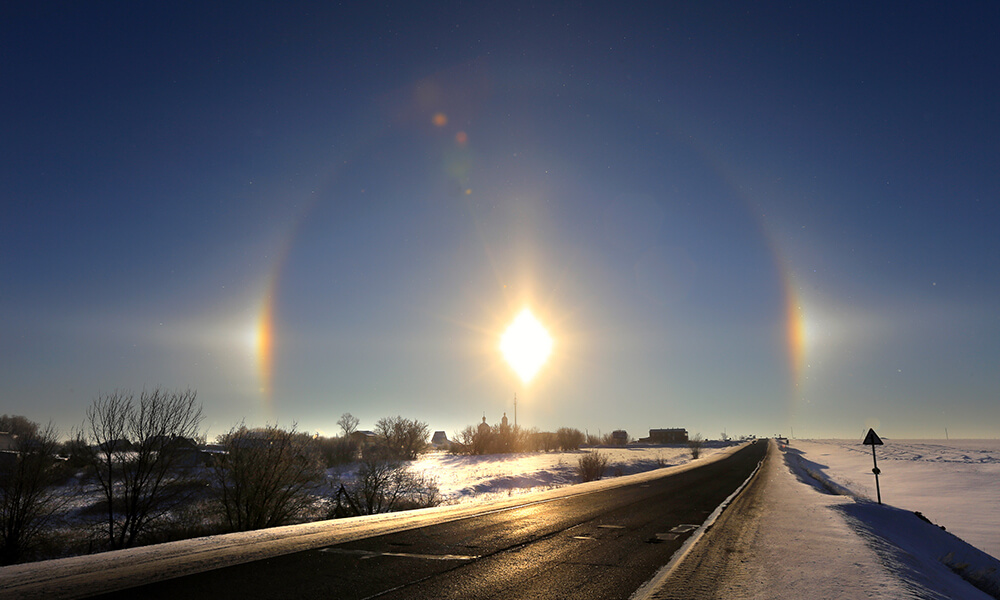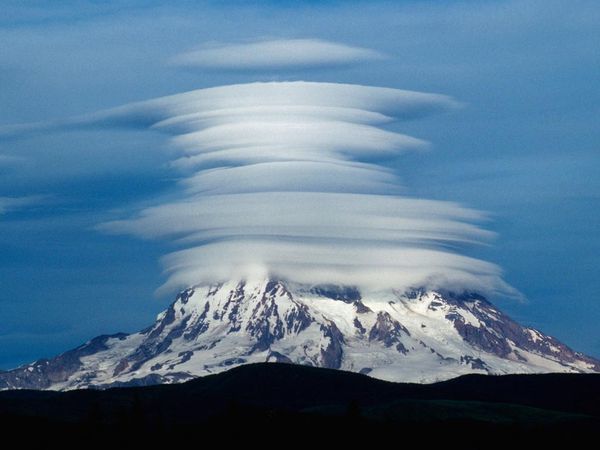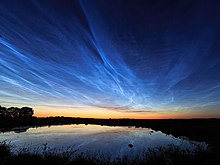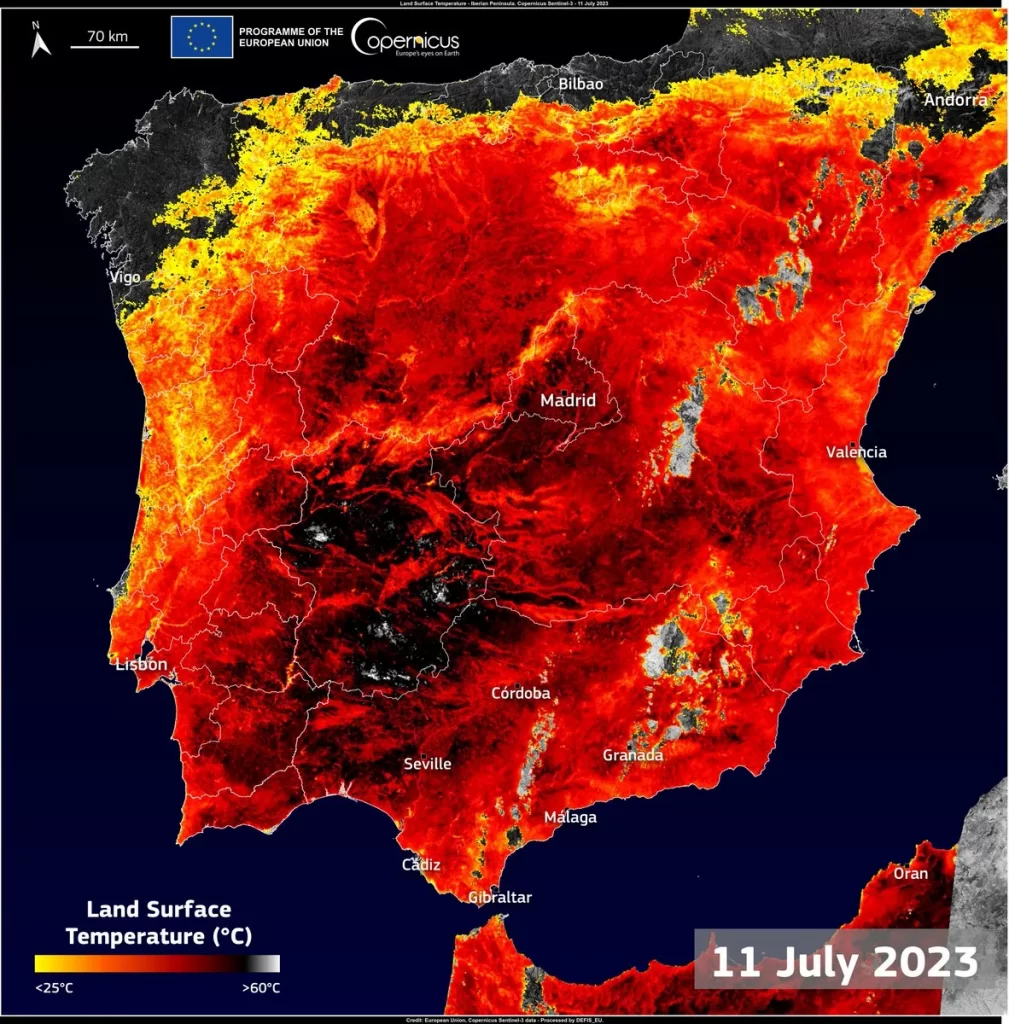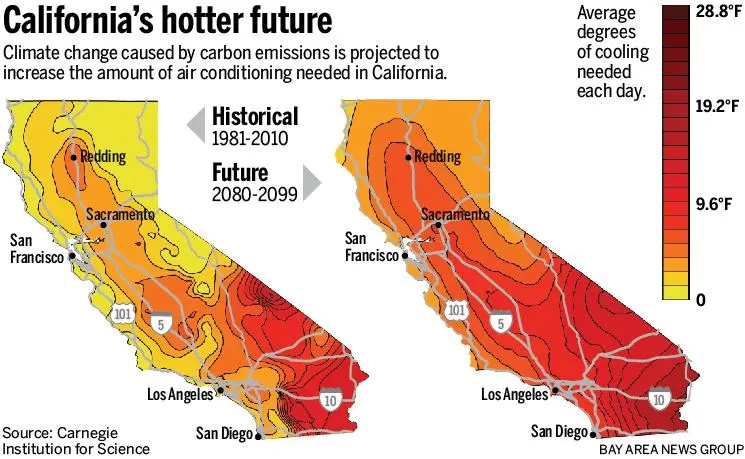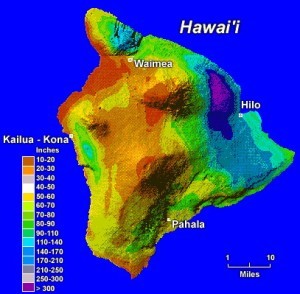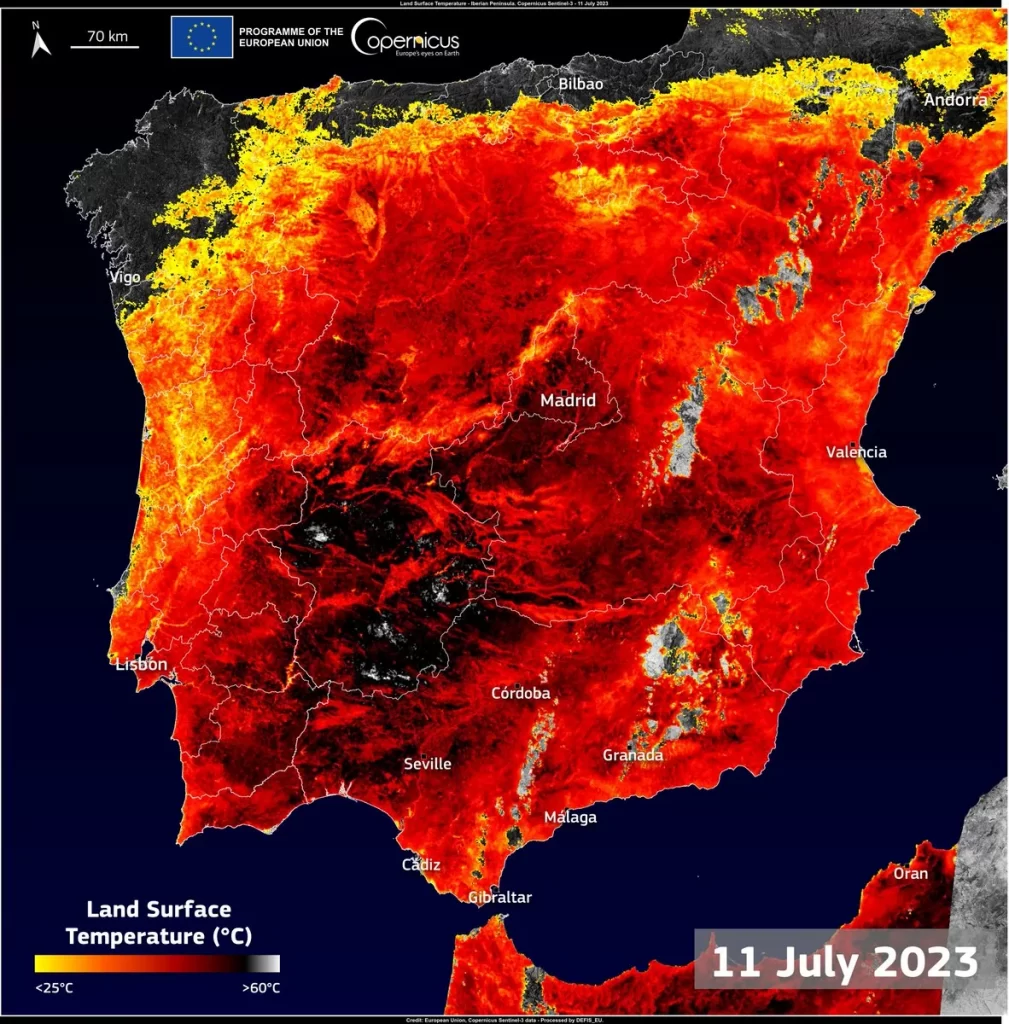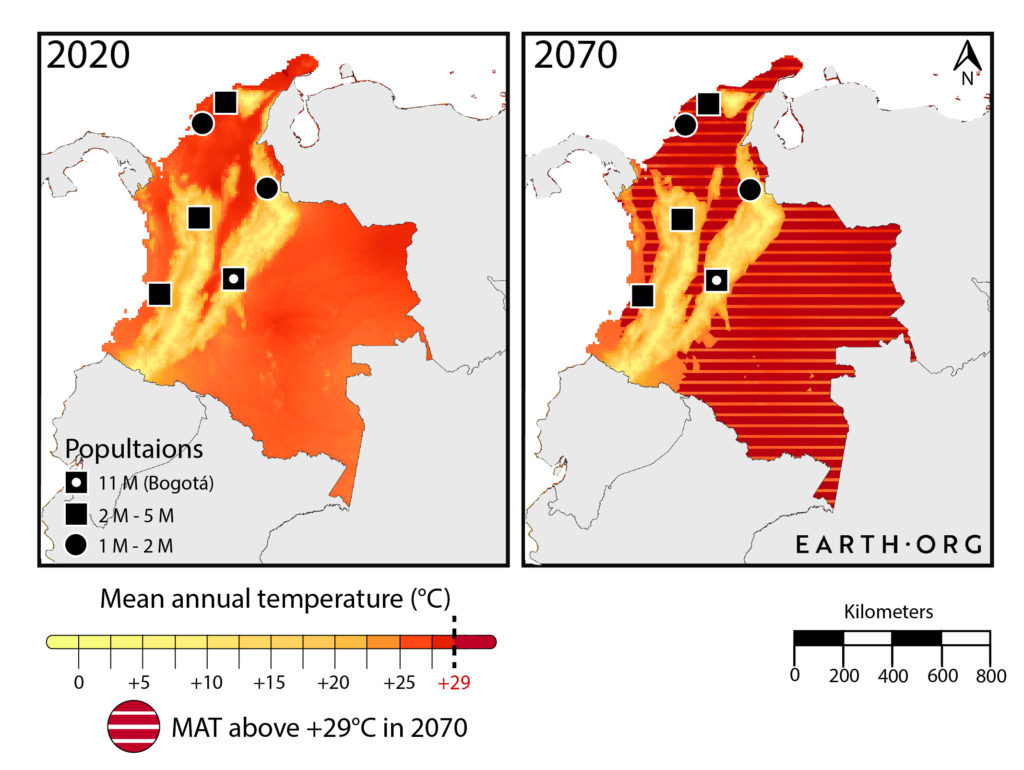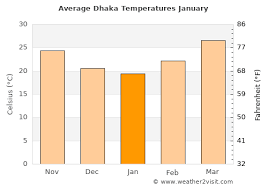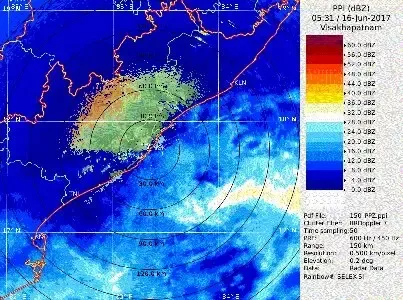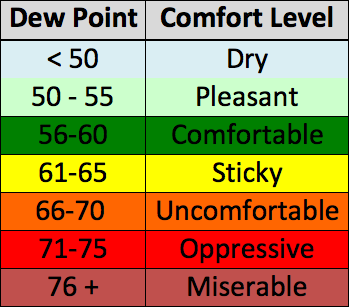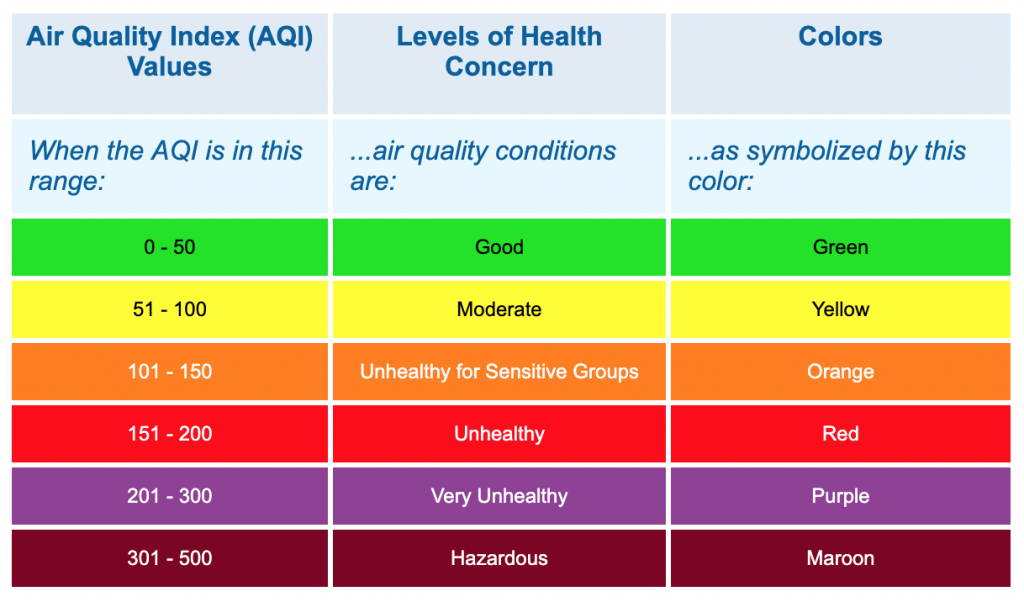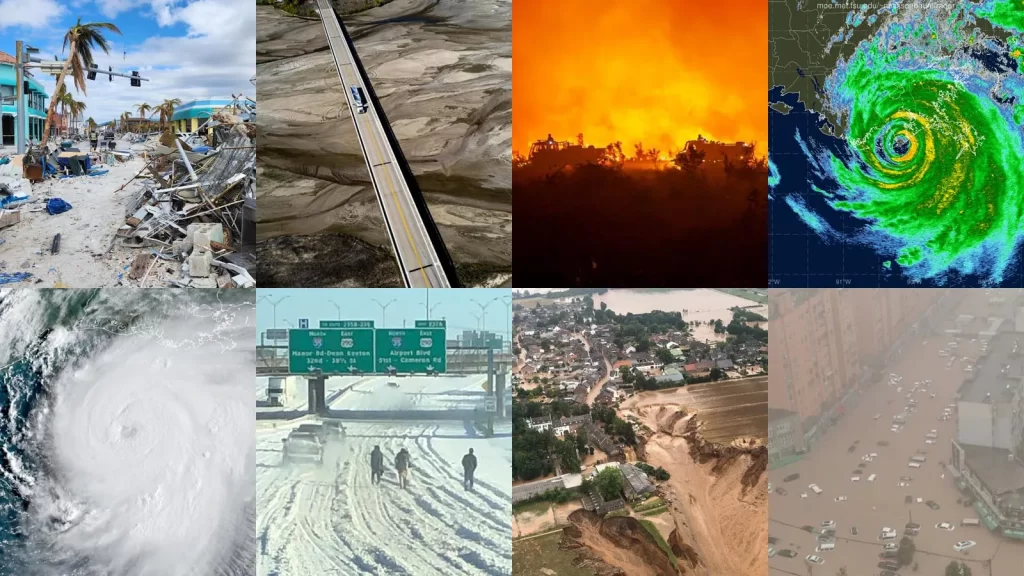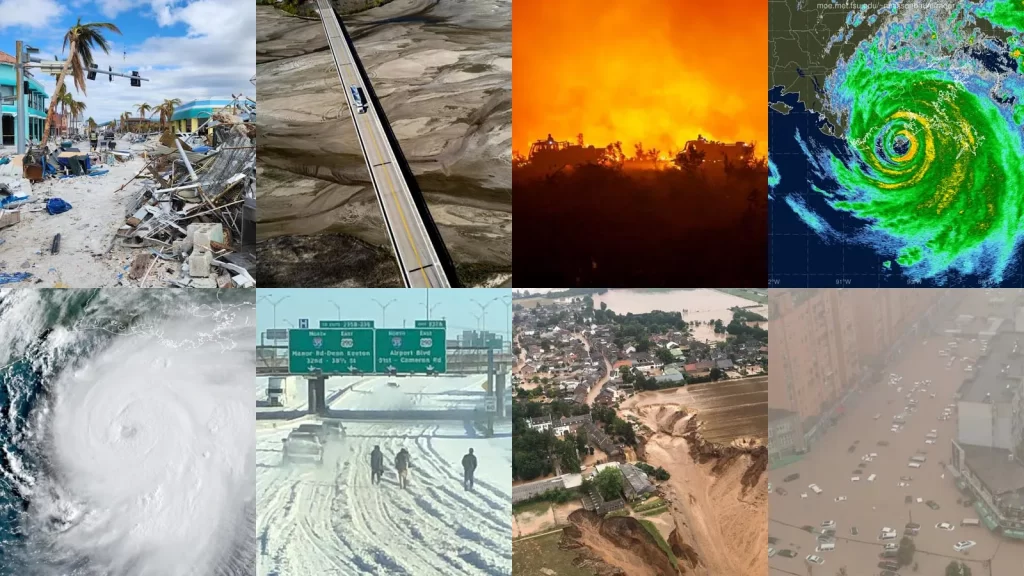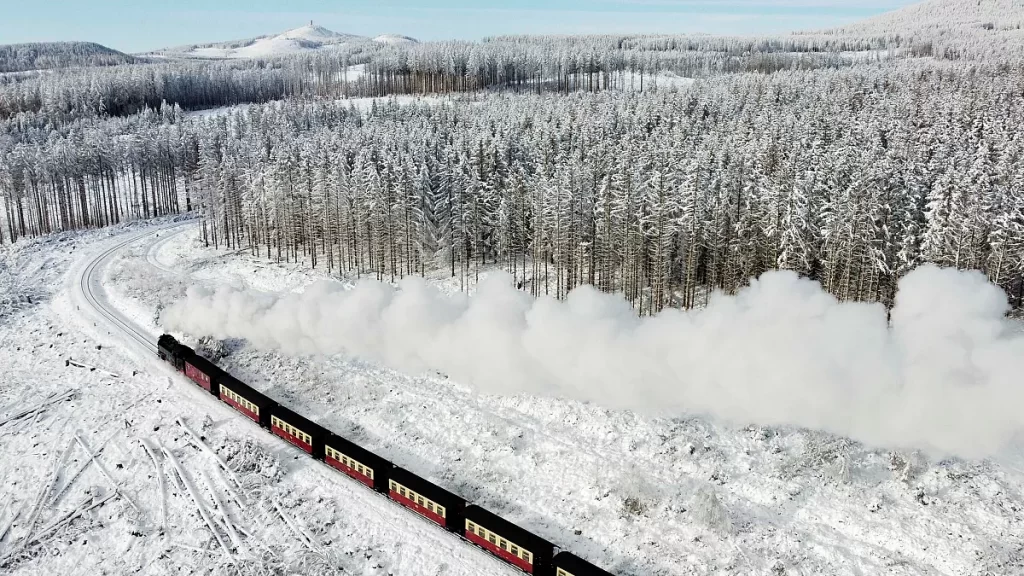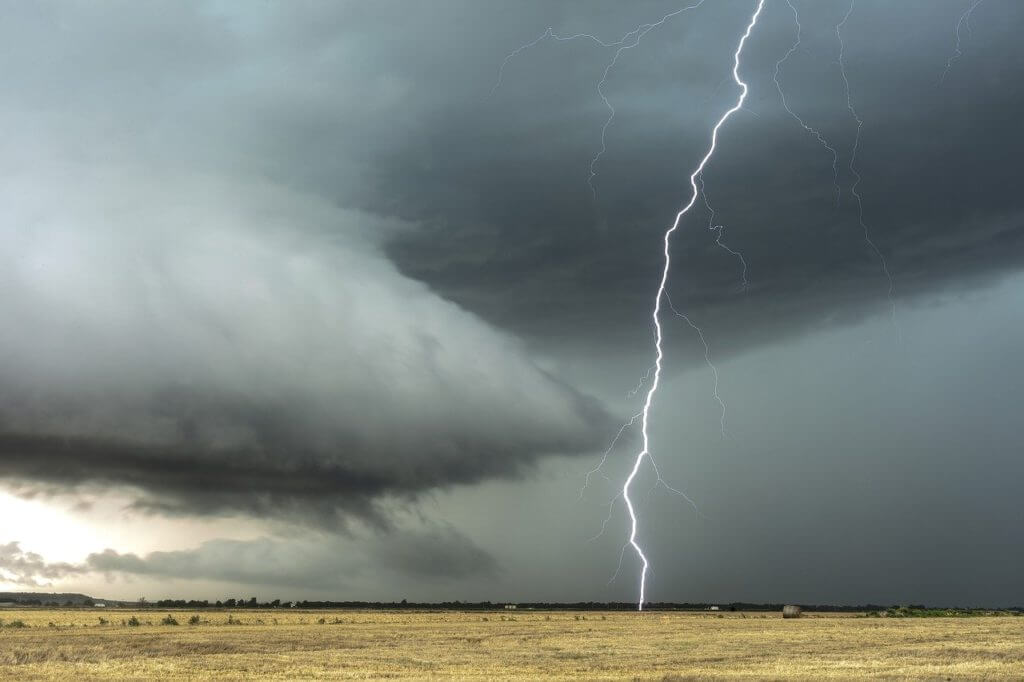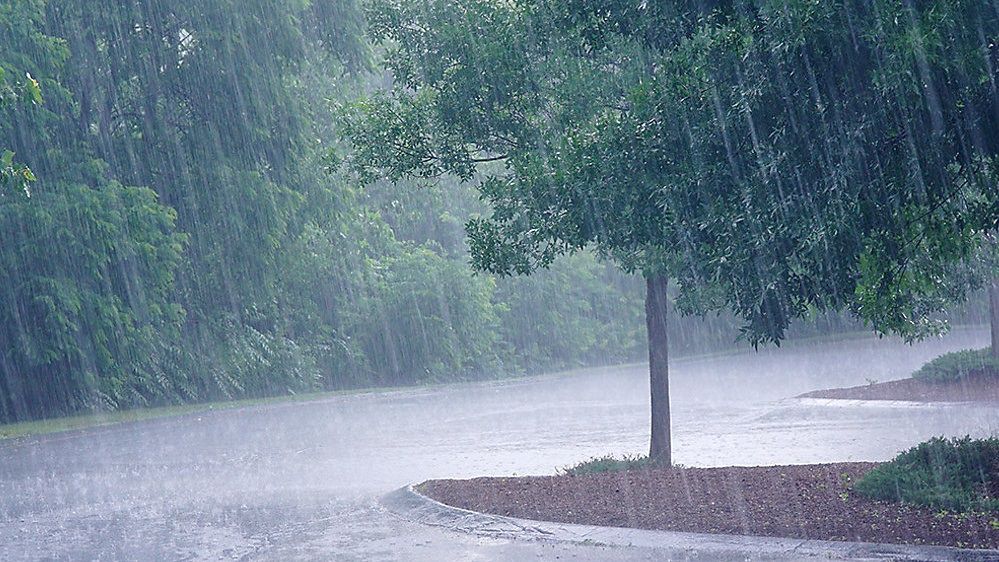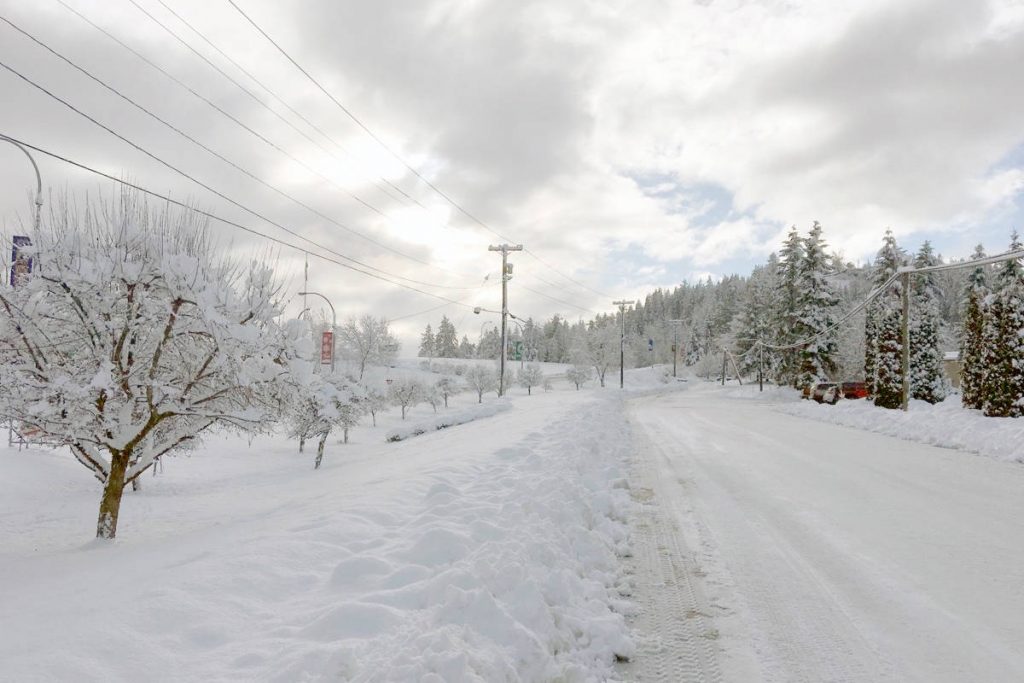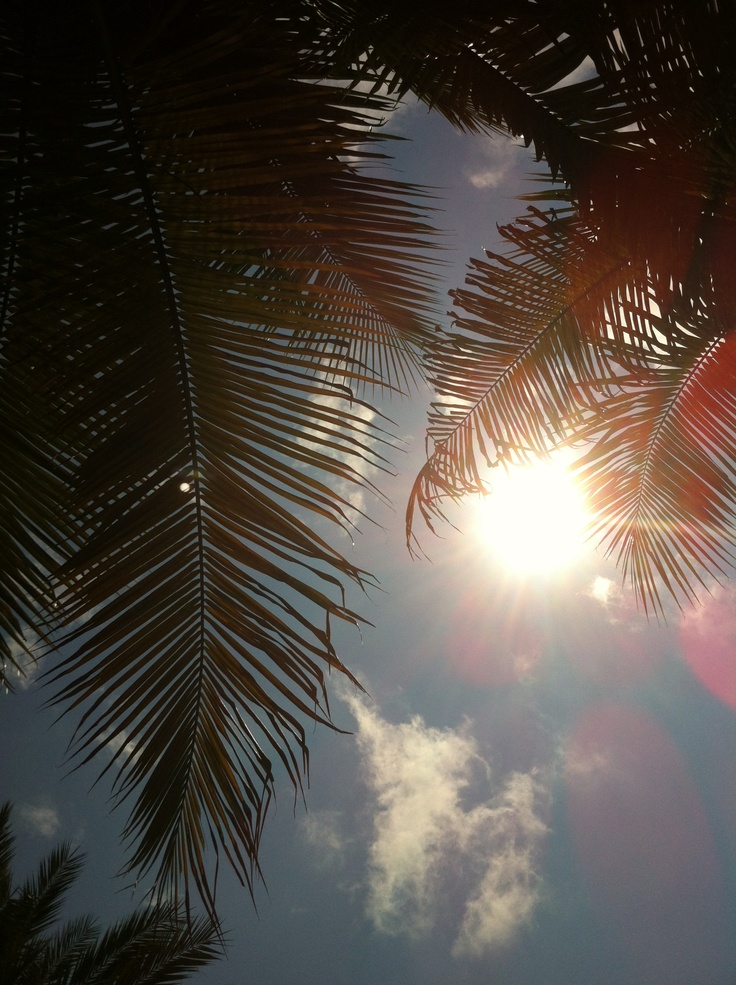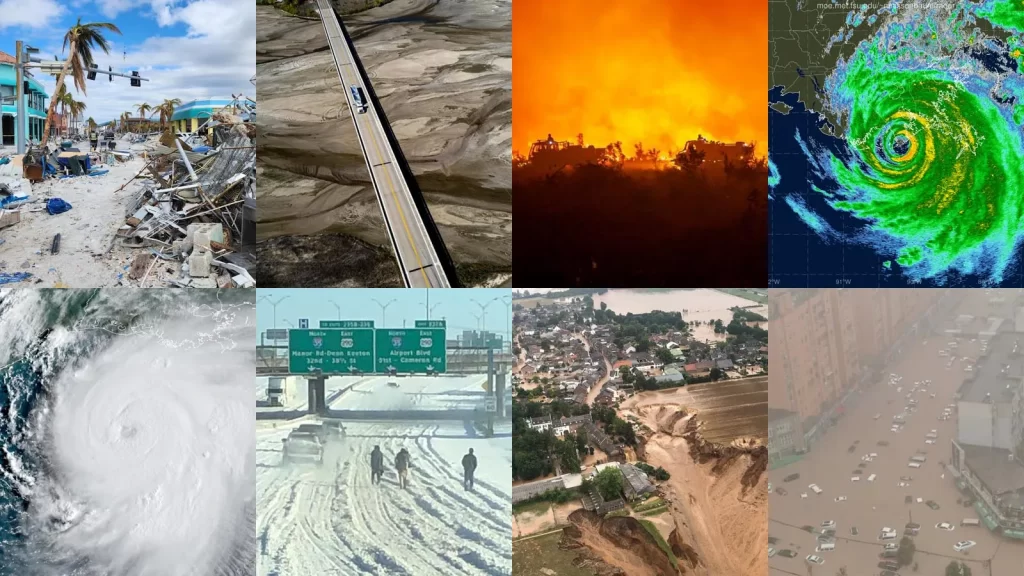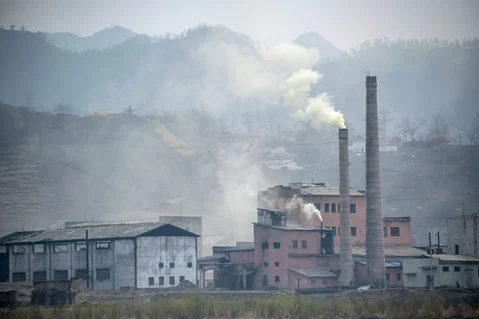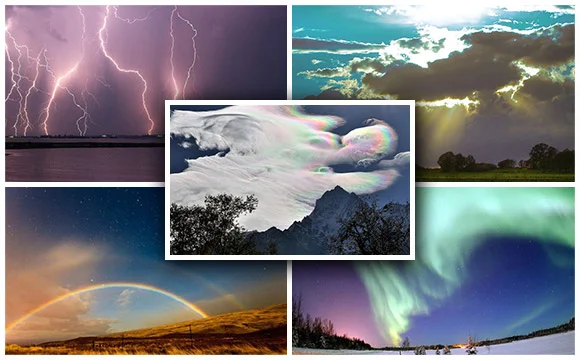
The Earth is a fascinating planet, filled with an incredible array of weather phenomena that can take your breath away. From the Northern Lights to the Morning Glory clouds, there are countless natural wonders that showcase the beauty and power of our planet’s atmosphere. In this article, we will explore the top 10 most beautiful places in the world to witness unique weather phenomena. These destinations offer a chance to experience some of the most awe-inspiring and unforgettable weather events on Earth, from the comfort of stunning natural landscapes. So pack your bags, grab your camera, and get ready to embark on a journey to witness the incredible beauty of our planet’s weather.
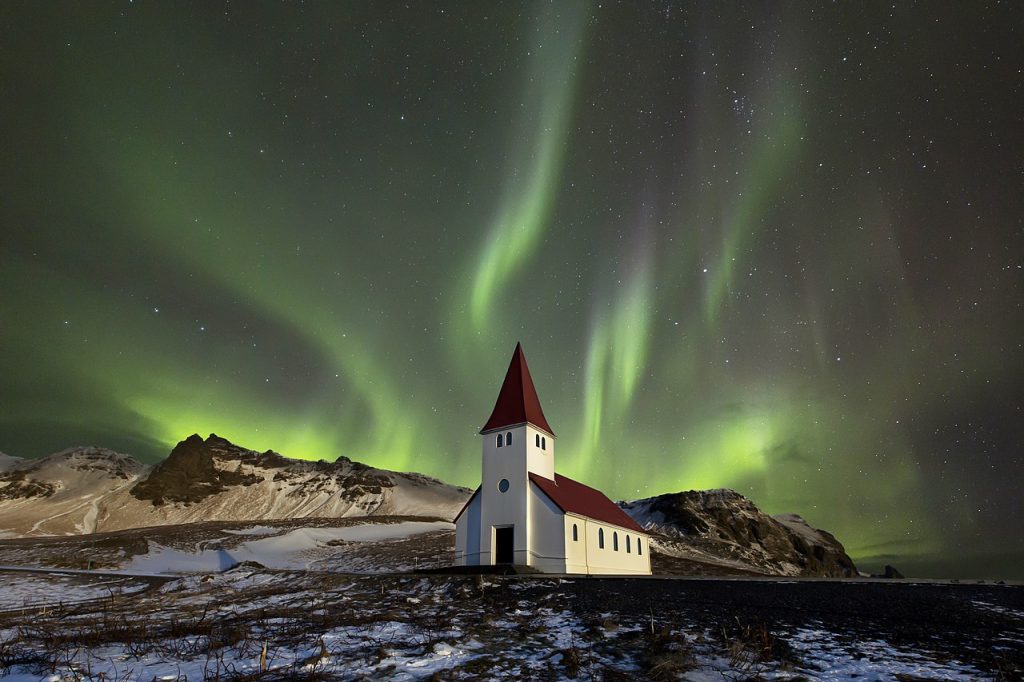
1.Aurora Borealis in Iceland The Aurora Borealis, also known as the Northern Lights, is one of the most spectacular natural phenomena in the world. This incredible light show is caused by charged particles from the sun colliding with the Earth’s atmosphere, creating a dazzling display of colorful lights in the night sky. While the Northern Lights can be seen from many places in the world, Iceland is one of the best destinations to witness this incredible phenomenon. With its stunning landscapes, including glaciers, waterfalls, and geothermal hot springs, Iceland offers a truly unforgettable backdrop for this celestial light show. The best time to see the Northern Lights in Iceland is from September to March, when the nights are long and dark.
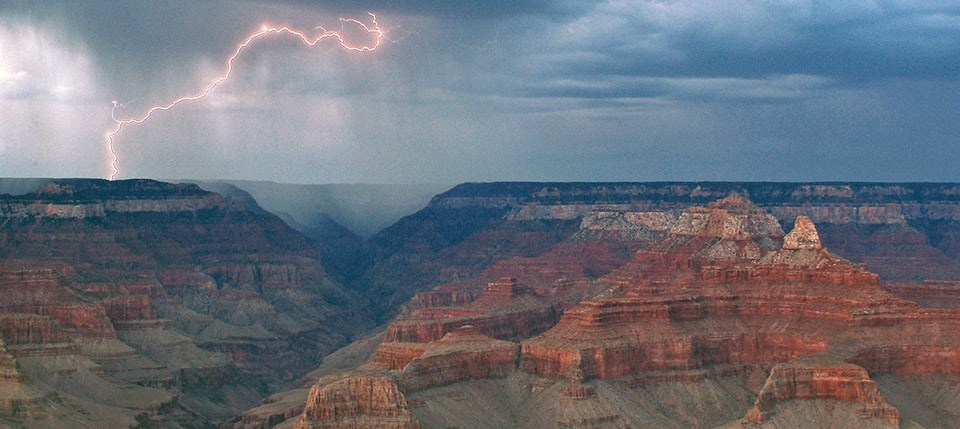
2.Thunderstorms in the Grand Canyon, USA The Grand Canyon is one of the most iconic natural wonders in the world, known for its stunning red rock formations and vast expanses of desert landscape. However, what many people don’t know is that the Grand Canyon is also one of the best places in the world to witness incredible thunderstorms. During the summer months, the heat of the day can trigger intense thunderstorms that light up the sky with lightning and fill the canyon with the sound of thunder. Watching a thunderstorm roll in over the Grand Canyon is an unforgettable experience, as the lightning illuminates the red rock walls and the thunder echoes through the vast expanse of the canyon.
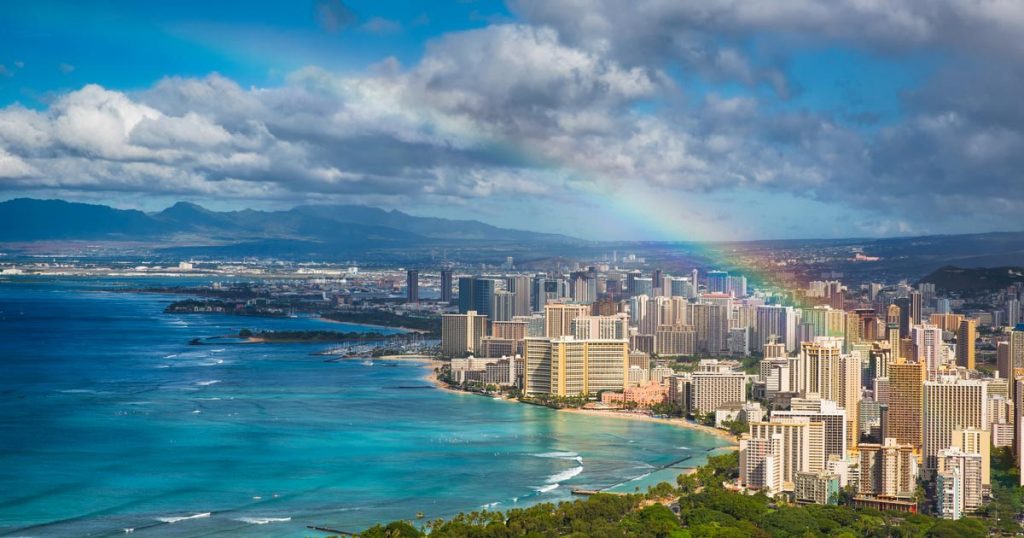
3.Rainbows in Hawaii, USA Hawaii is known for its stunning beaches, lush landscapes, and incredible natural beauty. However, one of the most spectacular weather phenomena that can be witnessed in Hawaii is the appearance of vibrant rainbows. Due to the island’s unique geography and climate, rainbows are a common sight in Hawaii, often appearing after a brief rain shower. The best place to see rainbows in Hawaii is on the island of Kauai, known as the “Garden Isle” for its lush landscapes and incredible natural beauty. Whether you’re hiking through the island’s stunning valleys or simply relaxing on the beach, keep an eye out for these incredible natural wonders.
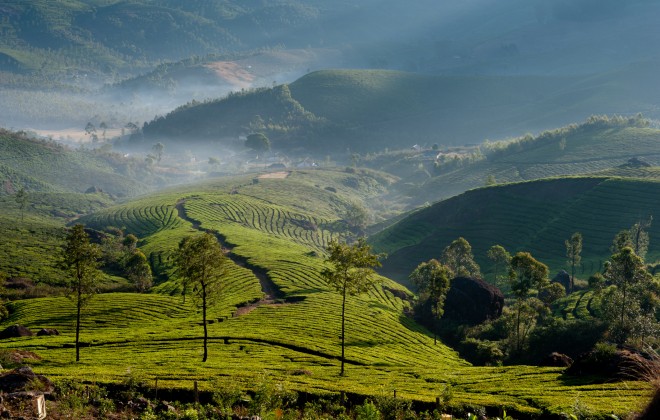
4.Monsoon Season in India India is a country of incredible diversity, with a wide range of landscapes and cultures that make it a truly unique destination. However, one of the most spectacular weather phenomena that can be witnessed in India is the annual monsoon season. From June to September, the country is drenched in heavy rains that transform the landscape into a lush, green paradise. The best place to experience the monsoon season in India is in the state of Kerala, known for its stunning backwaters and incredible natural beauty. Watching the rain pour down over the lush landscapes of Kerala is an unforgettable experience, as the sound of the rain mixes with the calls of exotic birds and the scent of spices in the air.
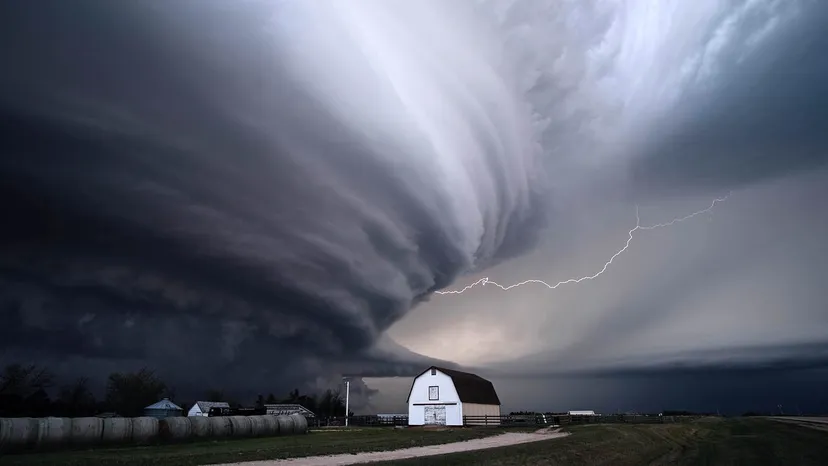
6.Tornado Alley in the USA Tornado Alley is a region in the central United States that is known for its high frequency of tornadoes. While tornadoes can be incredibly dangerous and destructive, they are also a fascinating and awe-inspiring weather phenomenon to witness. The best place to see tornadoes in Tornado Alley is in the state of Oklahoma, where the flat, open landscapes provide the perfect conditions for these incredible storms to form. While it is never safe to chase tornadoes, there are many tour companies that offer guided tours of Tornado Alley, allowing visitors to witness these incredible storms from a safe distance.
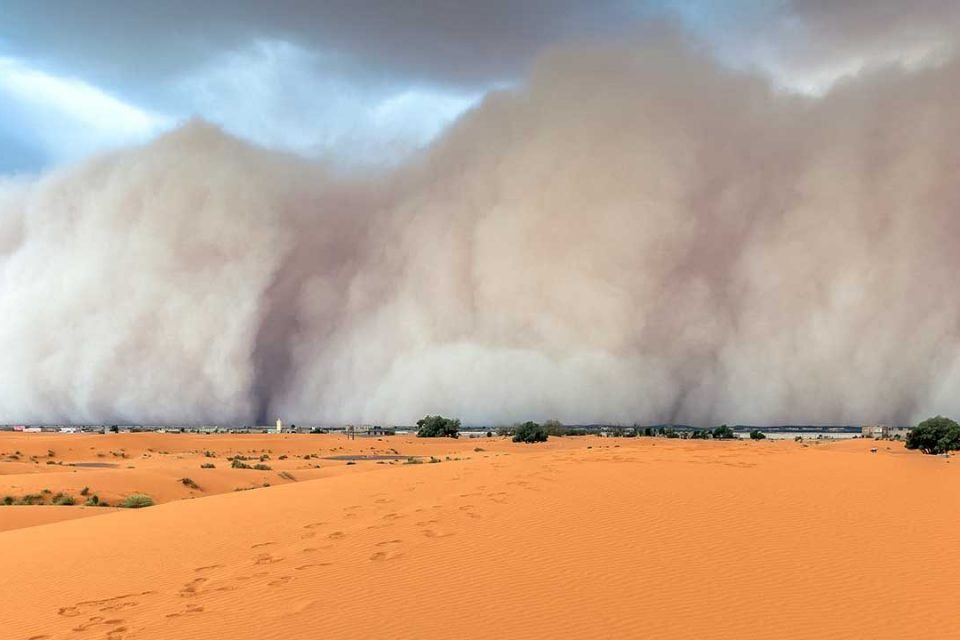
7.Sahara Desert Dust Storms in Morocco The Sahara Desert is one of the most iconic landscapes in the world, known for its vast expanses of sand and incredible natural beauty. However, one of the most spectacular weather phenomena that can be witnessed in the Sahara Desert is the appearance of dust storms. These incredible storms can reach heights of up to 10,000 feet and can travel for hundreds of miles, blanketing the landscape in a haze of red dust. The best place to witness Sahara Desert dust storms is in the country of Morocco, where the stunning landscapes of the Sahara Desert meet the rugged coastline of the Atlantic Ocean. Watching a dust storm roll in over the desert is an unforgettable experience, as the red haze of the storm mixes with the golden light of the setting sun.
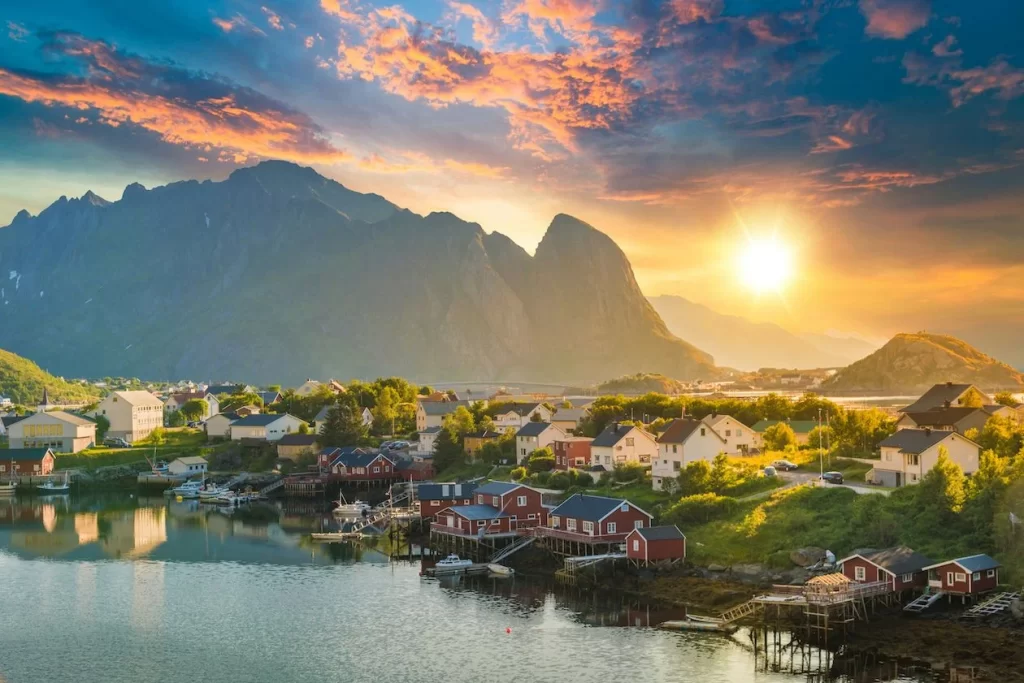
8.Midnight Sun in Norway The Midnight Sun is a natural phenomenon that occurs in the Arctic and Antarctic regions during the summer months, when the sun remains visible in the sky for 24 hours a day. While this phenomenon can be witnessed in many places around the world, one of the most beautiful destinations to experience the Midnight Sun is in the country of Norway. With its stunning fjords, rugged coastline, and incredible natural beauty, Norway offers a truly unforgettable backdrop for this incredible weather event. The best time to witness the Midnight Sun in Norway is from May to July, when the sun never sets below the horizon.

9.Morning Glory Clouds in Australia Morning Glory clouds are a rare and incredible weather phenomenon that can only be witnessed in a few places around the world. These long, tubular clouds can stretch for hundreds of miles and are often accompanied by strong winds and turbulence. The best place to witness Morning Glory clouds is in the Gulf of Carpentaria in northern Australia, where they typically appear during the months of September and October. Watching these incredible clouds roll in over the stunning landscapes of northern Australia is an unforgettable experience, as the tubular clouds stretch out across the horizon like a celestial highway.
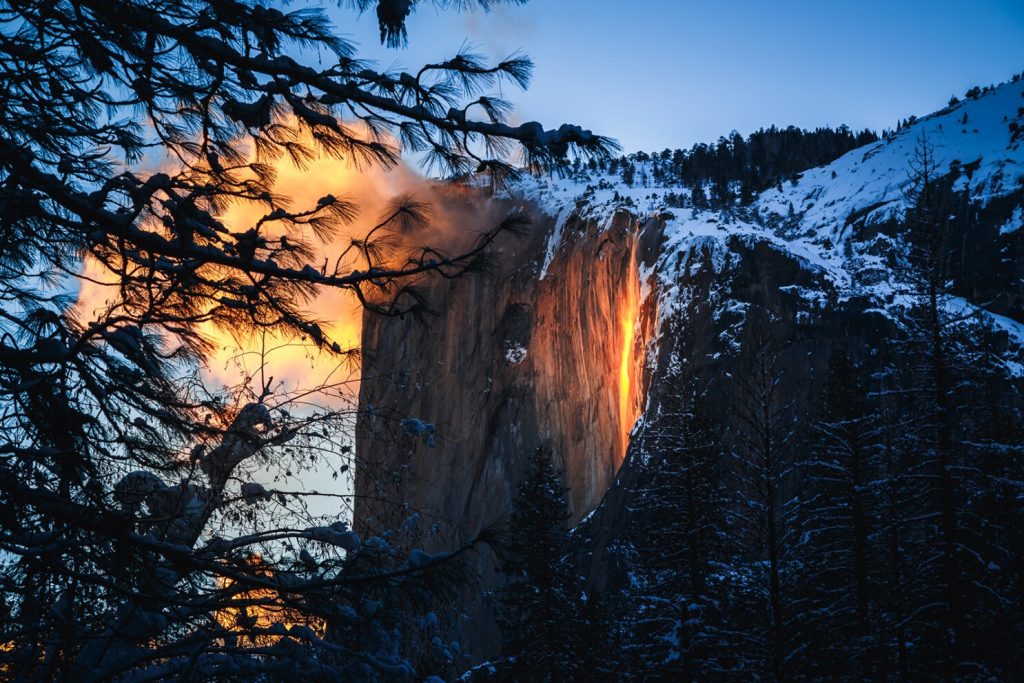
10. Yosemite Firefall in California, USA The Yosemite Firefall is a rare and incredible weather phenomenon that occurs in Yosemite National Park in California. During the last two weeks of February, the setting sun illuminates the Horsetail Fall waterfall, creating the illusion of a glowing, fiery cascade. This incredible phenomenon only occurs when the conditions are just right, with clear skies and the sun at the perfect angle. Watching the Yosemite Firefall is an unforgettable experience, as the stunning landscapes of Yosemite National Park are transformed into a glowing, otherworldly paradise.
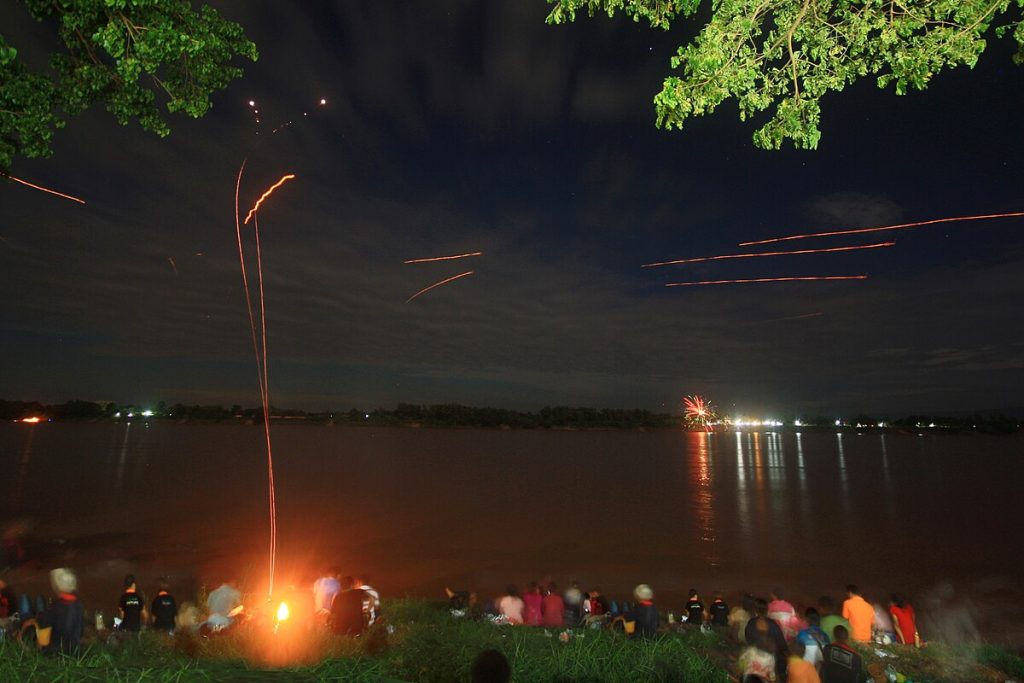
11. Naga Fireballs in Thailand The Naga Fireballs are a mysterious and incredible weather phenomenon that occurs along the Mekong River in Thailand and Laos. During the full moon in October, thousands of glowing orbs rise from the river and float into the night sky, creating an incredible display of light and color. While the exact cause of this phenomenon is still unknown, it is believed to be related to the release of methane gas from the river. Watching the Naga Fireballs rise from the Mekong River is an unforgettable experience, as the stunning landscapes of Southeast Asia are transformed into a glowing, mystical wonderland.
